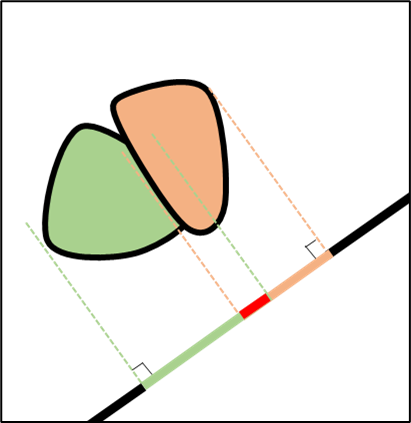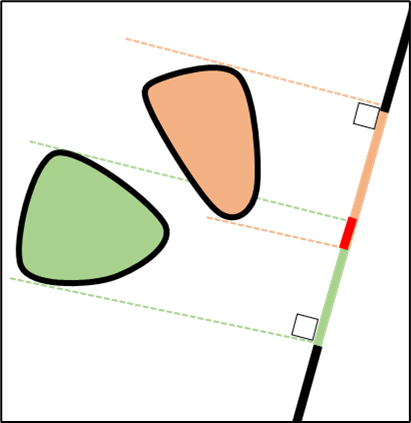Theory
Hyperplane Separation Theorem
For 2D
Theorem: If two convex shapes do not collide, then, a straight line can separate them.
Contrapositive: If two convex shapes collide, then, there is no straight line separating them.
For 3D
Theorem: If two convex shapes do not collide, then, a plane can separate them.
Contrapositive: If two convex shapes collide, then, there is no plane separating them.
Generalization for higher dimensions
Theorem: If two convex shapes do not collide, then, a hyperplane can separate them.
Contrapositive: If two convex shapes collide, then, there is no hyperplane separating them.
Examples :
Separating Axis Theorem
Definition :
Statement: The line, plane, or hyperplane described above always has a normal axis.
Theorem: If the shapes are not colliding, the projections of the shapes on this axis do not overlap.
Contrapositive: If the shapes are colliding, then, no matter the axis we take, the projections of the shapes on this axis will overlap
Whether there are collisions or not, there will always exist an axis for which the projections of the shapes overlap.







